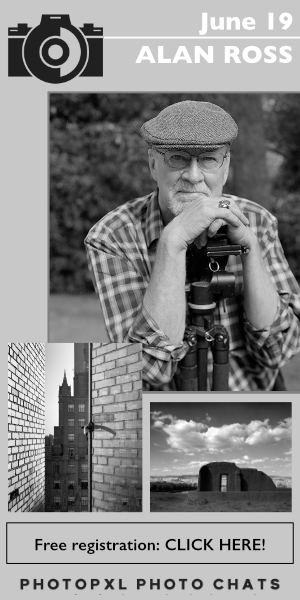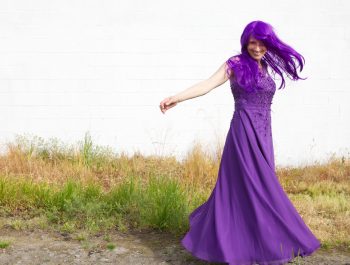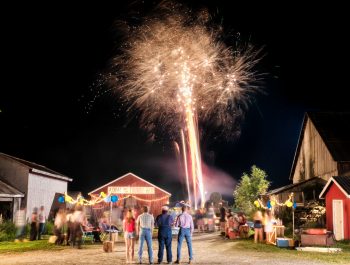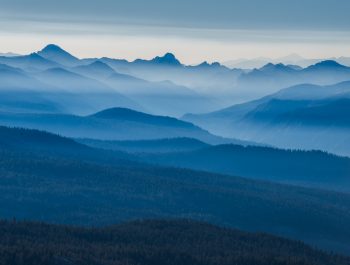Headshots and Portraits – A Guide
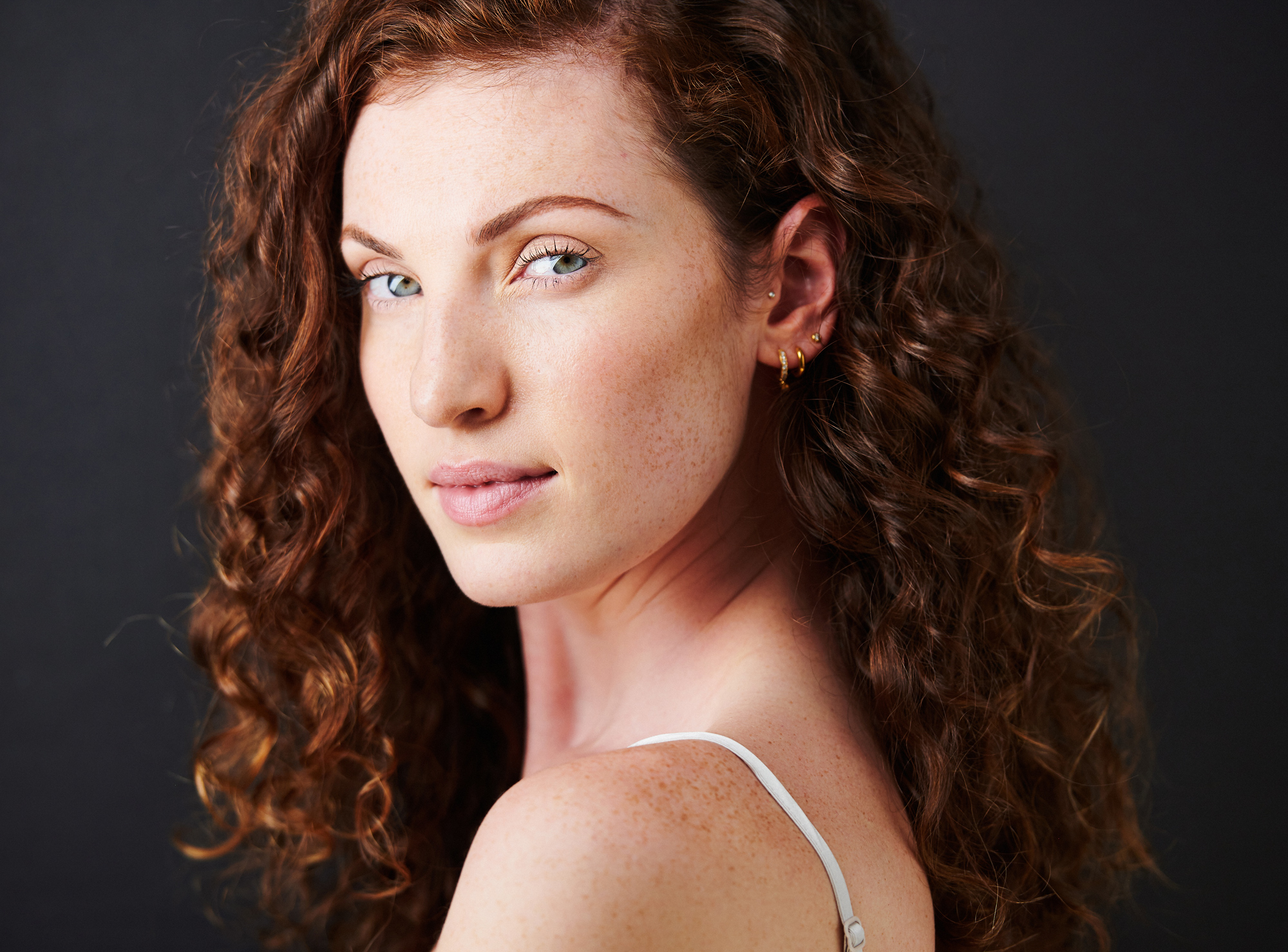
I began my career as a photographer with the intent on being one that specialized in headshots. I live in New York City, a place where headshot photographers (photographers that only do headshots) are not only very much a thing, but the very topmost performers of which are likely making upwards of seven figures a year (seriously). And, while I’ve since branched out and done a great number of things in the world of photography, portraits, in general, are still my mainstay activity, and headshots remain something I’m very passionate about. This being said, let’s take a look at a few different points on the matter and discuss some of the subject’s more core components.
Headshots, What Are They?
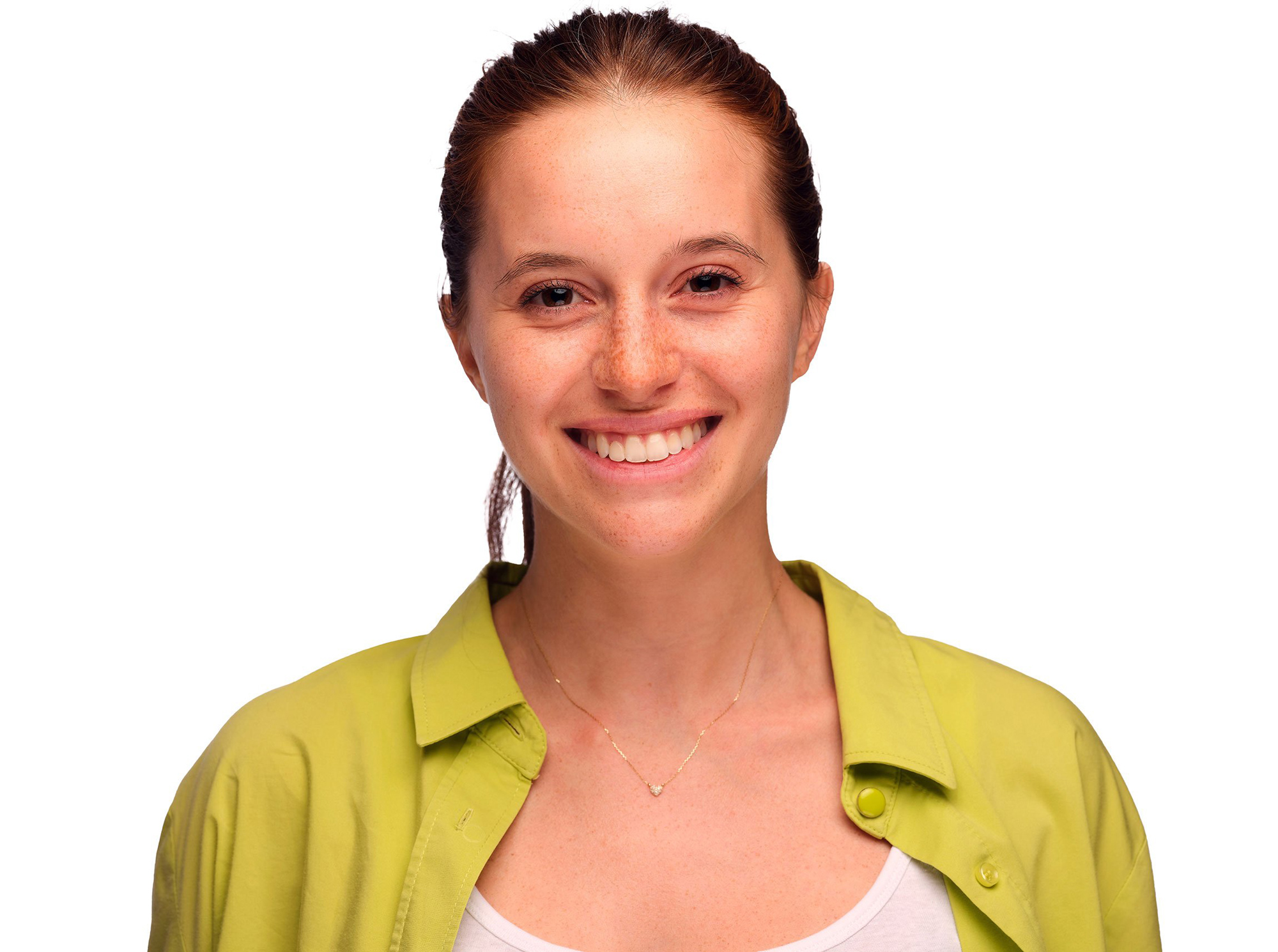
Headshots and portraits are two entirely separate things and, despite the former becoming much more prevalent over the course of the past couple decades (what was once relegated mostly to actors, real estate agents, and the uppermost of executives is now considered one of the most basic of necessities for an online presence), I still see a lot of confusion over what exactly it is that constitutes the two.
Portraits themselves are an extremely broad set of images that can encompass a wide variety of compositions, crops, and angles – whether it’s full-length, quarter-length, half-length, or half-head (maybe not half-head), so long as the primary subject of the photo is a person. Basically, if it’s a photograph of a human, irrespective of the crop, composition, or angle, then it’s a portrait.
Headshots, on the other hand, are almost always just two or three things. If the headshot is taken horizontally (or landscape), it’s a head and a set of shoulders. If the
headshot is taken vertically (portrait) then it’s a head, a set of shoulders, and a portion of the upper chest.
That’s it.
If you’re including anything else in your headshot, then you’ve wandered into portraiture territory and should turn back around.
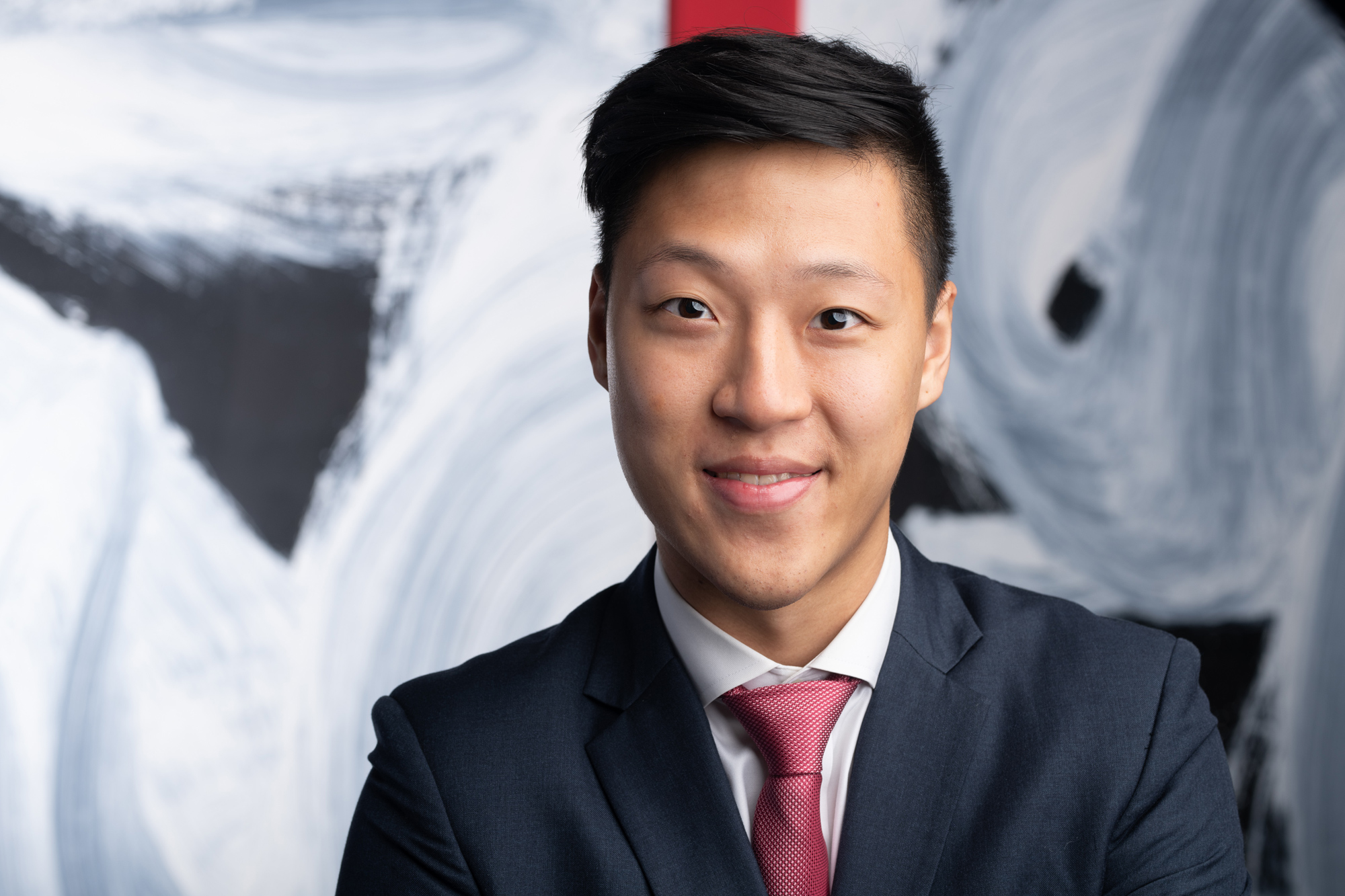
What Do They Do, You Ask?
They simply attach a face to a name, and that’s about it. If you look at every person on the internet as a brand, then their headshots are their logos. Some people have great headshots (and subsequently are perceived as great brands) and other people have not so great headshots (and are perceived as not so great brands).
As a Business, How Do They Work?
Headshots are fairly lucrative and, as I write this, just added 2k in revenue to my weekly gross. How I price my headshot sessions is fairly simple and not at all complicated. Foremost, I right now take two types of headshots – corporate and acting.
For corporate work, I offer a LinkedIn special for $169 (which is insanely inexpensive for the NYC market and mostly geared towards younger professionals just starting out). They’re only ten-minute sessions and I provide one retouch and honestly, a pretty great way to make a little extra money. Over the weekend I did two within a twenty-minute period for two colleagues that worked at the same company and this equated to $338 in gross revenue that was made in less than a half hour.
Outside of this, my single sessions vary between $395 to $695 for corporate, in-studio sessions.
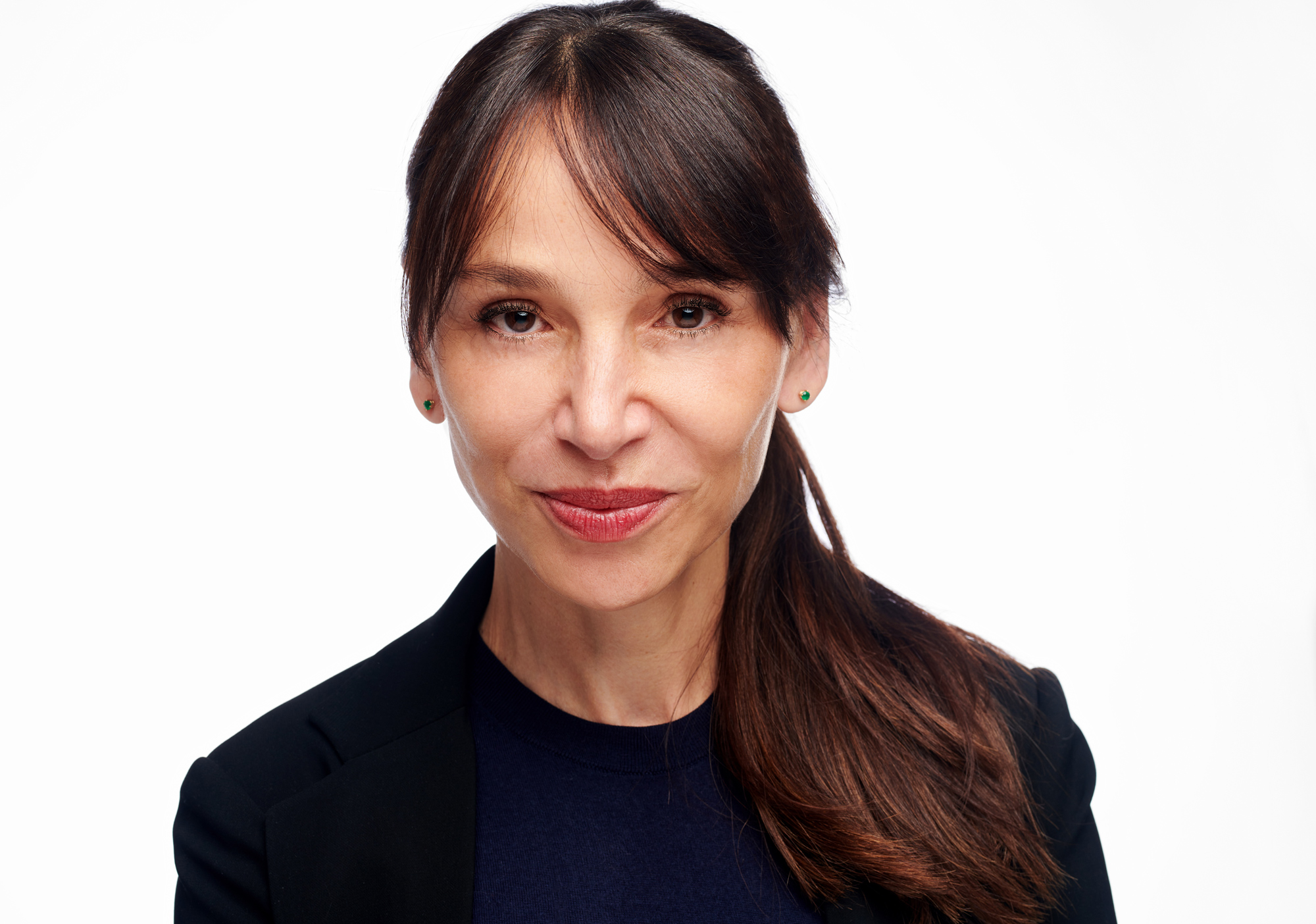
Really good money-makers are, however, when you get hired by a single company to go in and do multiple headshots spread out over a one-day or half-day period. Those I price out per person and will quote anywhere from $150-$200/individual. This being said, I was recently hired by a company to do 35 headshots and quoted them out at around $4,200, and my quote was on the low end of the spectrum (one guy quoted them out at $175 per retouch, which is to be honest sort of insane but hey if you can get it more power to you).
For actor sessions, my prices are a bit less varied. I offer a mini-session for $495 which is geared towards individuals who need just one image and usually for something specific (an upcoming audition/casting/conservatory application), and a full session for $795. The difference between the two sessions is the amount of studio time (30 minutes versus a couple of hours), as well as the number of retouches provided and how many looks you’re allowing the person (looks is nothing more than an industry term for outfits. If someone is giving you three looks, it means you can bring three outfits).
$795 for a full session is a price I’m comfortable with and, as I do a lot more than just headshots, a price that I can get considering I’m not yet much of a known quantity in the acting world. Headshot photographers with known names usually charge $1500+, though they only do headshots, have been around for a while, and, at this point, are practically a brand unto themselves.
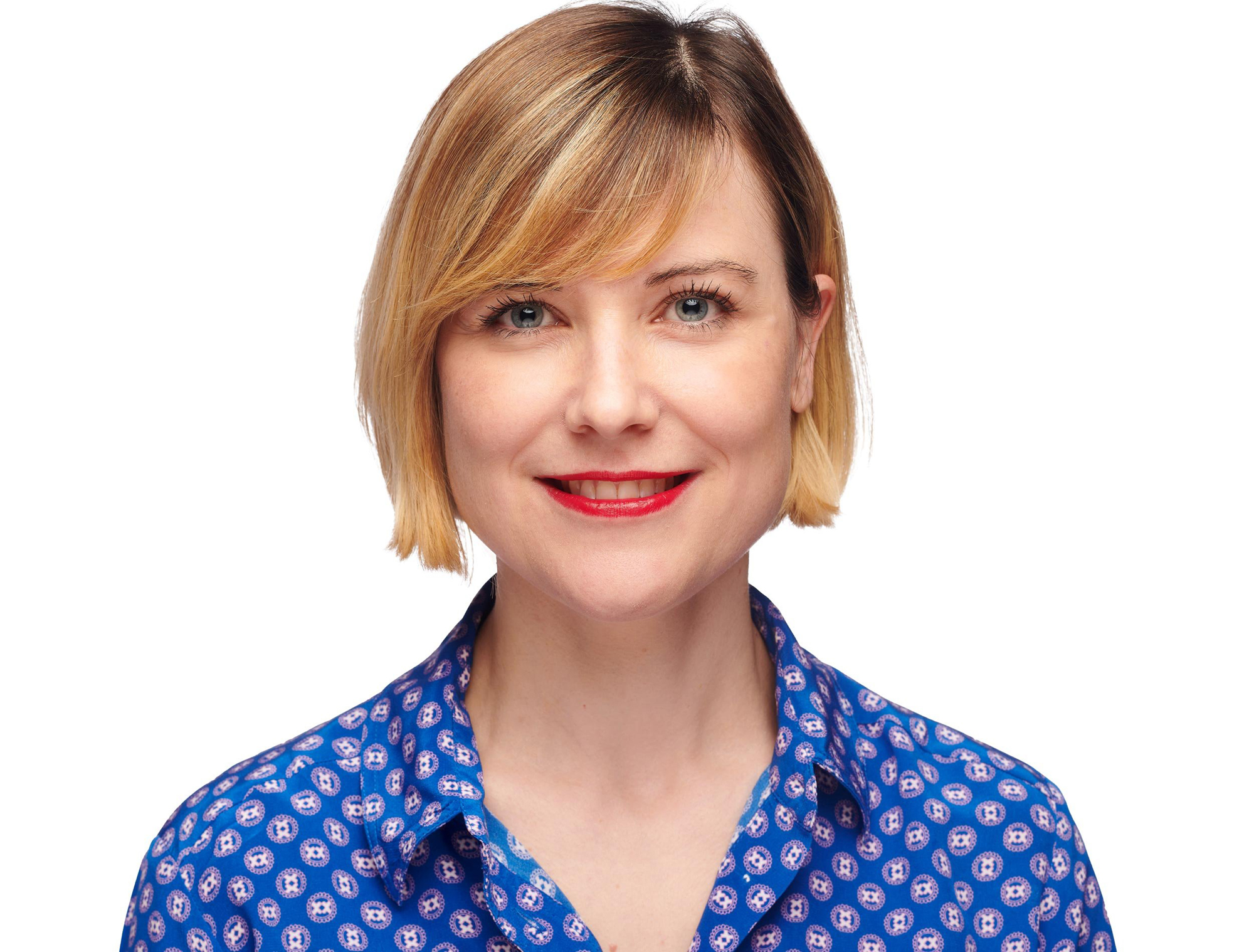
How Do You Get Business?
I get most of my headshot work almost exclusively via Google AdWords. I hired a PPC manager out of Italy (via Upwork) and paid him a 20% commission on any sales he gets me. In our first month working together, he’s added close to $10k in sales to my bottom line, so I don’t particularly mind paying him his cut (he’s very much earned it).
Outside of this, I get the occasional referral/word-of-mouth, though these are rather few and far between and not something I’d count on for business.
I did as well try both Facebook as well as LinkedIn advertising but found both crowds to be a little flaky (I got plenty of leads, but actors are not known for being flush with cash, and corporate types, especially in NYC, have absurd schedules). I’ll likely re-examine both of those marketing spaces again at some point in the future, but for now, my Google AdWords efforts are keeping me busy in the headshot arena.
I will say that Facebook advertising is ridiculously cheap compared to Google’s AdWords platform, so I’ll likely take another look at it again soon.
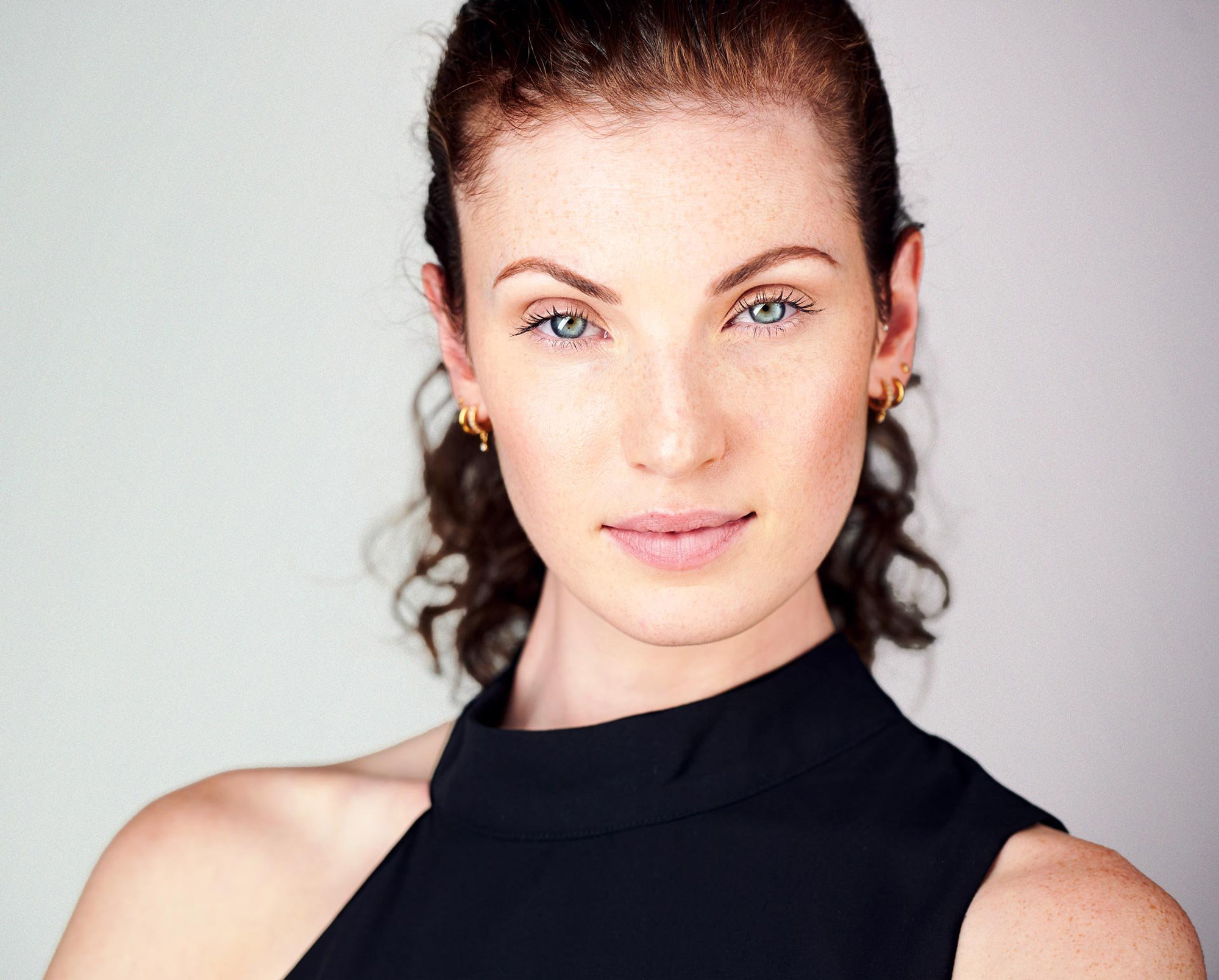
How Do You Take Them? Crop and Composition
Let’s review the crop and composition of the above image. This particular image was shot over the course of a session with an actress from NYC.
The first thing you’ll note about the above headshot is how tight the crop and composition is. The purpose of a headshot is to show the face of the person and that’s it. The more of that face you have in that image the more impactful it is. There are certain things you can do as well to take this tenet and further it – like cropping off the top of the head ever so slightly.
One thing you can’t do, however, is eliminate the shoulders or rest of the body – as a floating head image is at the end of the day frankly just a little disconcerting and generally rather odd.
If you’re going to apply the rule of thirds to your headshots, you’re going to do so with it focused around the eyes. If the headshot is taken horizontally, the eye nearest to the edge of the image should be at one of those third points.
If the headshot is taken vertically, then both should sit evenly about two-thirds of the way up from the bottom.
Equipment and Lighting
Many diehard portraiture artists will live and die by 85mm glass and, while this is the most commonly used lens for my own body of work, anything over that focal length should really be fine (and in certain cases, 120mm and up are actually going to benefit you even more for environmental/atmospheric headshots, as the compression and added bokeh will be more engaging to the image viewer).
Studio Lighting
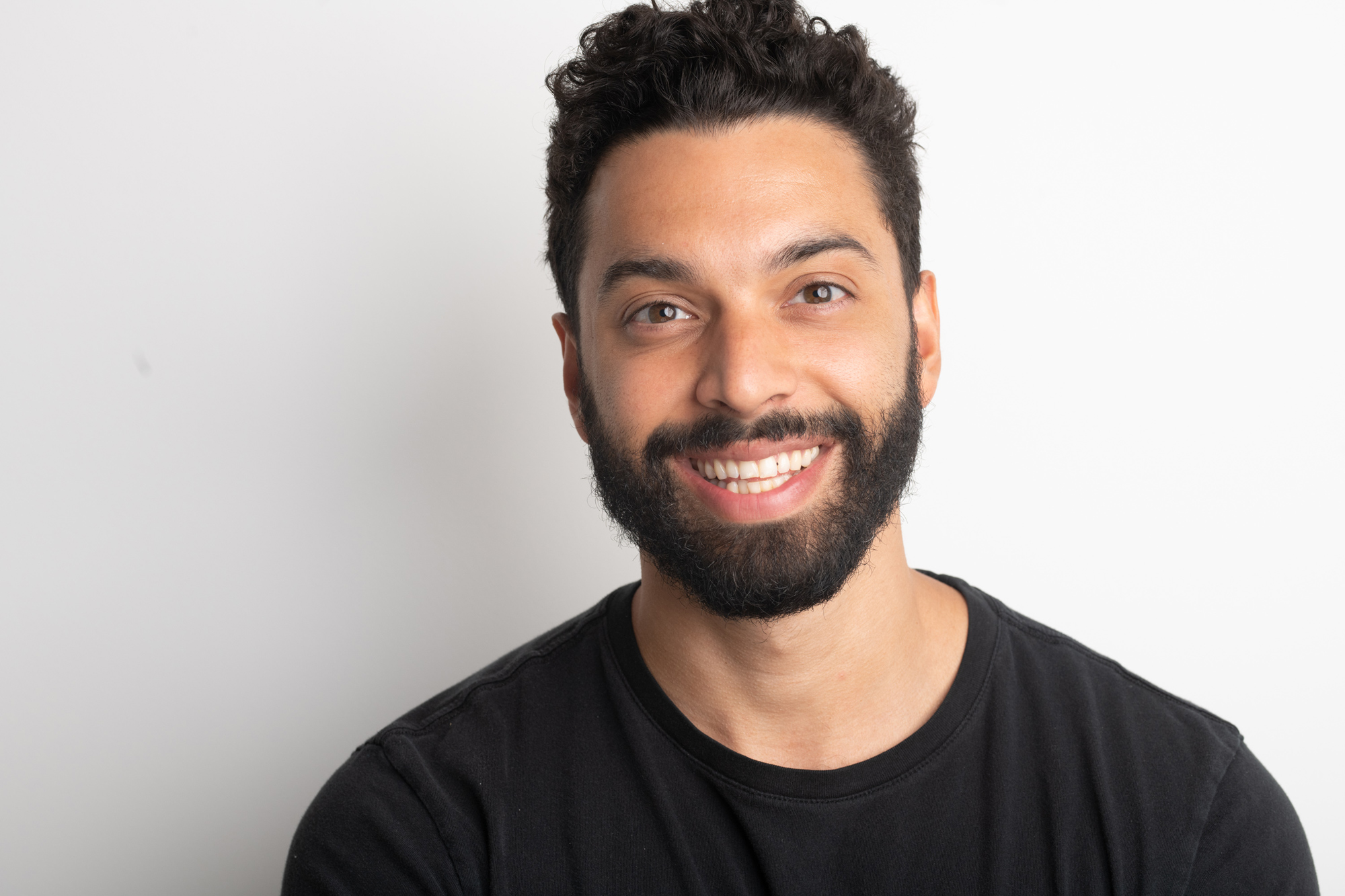
I only do studio work at present, so we’re going to focus on that.
First of all, let’s start with your key light and it’s modifiers and go from there.
Right now I alternate between three different softbox/modifiers as my key and do so based on the type of headshot I’m taking and what it’s going to be used for. Those three modifiers that I alternate between are a 48” Profoto Deep Octa, an Elinchrom 53” Rotalux, and a Parabolic 45” Parabolic Reflector. What I use that day generally depends on whether I’m shooting fashion, corporate, or actor shots.
The two lighting positions I use the most are either loop or butterfly, once again, depending on whether it’s for fashion, corporate, or acting.
For fill light, I generally just use a medium-sized softbox placed on the opposite side of the key, at half power, and go from there. The job of the fill should be to fill in the shadowed areas of the person’s face, and perfecting this involves setting up the light so that it only touches those areas and does not cross over into the key light.
You’re welcome to check out more of my headshot work at the below portfolio:
https://www.joejenkinsphoto.com/corporate-headshots-nyc/
Conclusion
Headshot photography is an extremely specific subset of photographic portraiture. Using the above information, you’ll hopefully be able to walk away from here with a much better understanding of how to do it and how to price it out for your clients.
Joe Jenkins
May 2024
Jersey City, New Jersey
Joe Jenkins is a full time event, portrait, and headshot photographer in New York City. He's been in the industry for well over 10+ years, and works primarily in fashion, commercial, and the event space.




